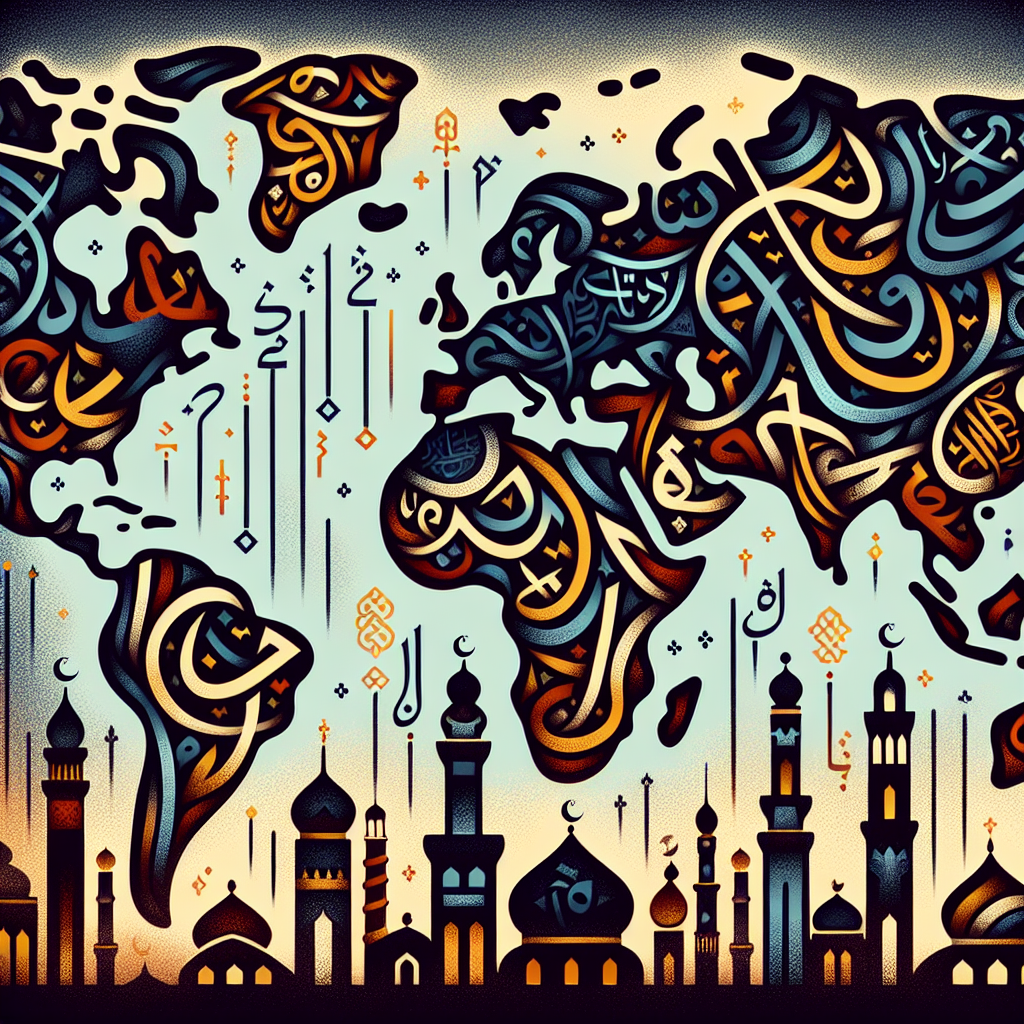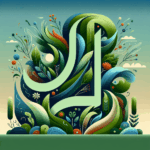The Arabic Alphabet and Its Role in Arab Diaspora Communities
Have you ever wondered how the Arabic alphabet influences communities across the globe? 🌍 In this blog post, we’ll explore the cultural significance of the Arabic alphabet, especially within Arab diaspora communities. Whether you’re a language enthusiast or simply curious about cultural dynamics, this read is for you!
Table of Contents
1. Introduction
2. Understanding the Arabic Alphabet
3. Cultural Significance in the Diaspora
4. Preserving Identity Through Language
5. Arabic Alphabet in Education
6. Conclusion
7. FAQs
Introduction
The Arabic alphabet is more than just a series of letters; it’s a bridge connecting millions of people to their cultural roots. For Arab diaspora communities, this connection is vital for preserving their identity and heritage in foreign lands. Let’s delve into how this beautiful script impacts these communities.
Understanding the Arabic Alphabet 📚
The Arabic alphabet consists of 28 letters, written from right to left, with each letter having up to four different forms depending on its position in a word. This script is not only used for writing the Arabic language but also adapted for several other languages like Persian, Urdu, and Pashto.

The aesthetic beauty and complexity of the script make it a symbol of cultural pride. For many, learning and mastering the Arabic alphabet is a rite of passage, a way to connect with their historical roots.
Cultural Significance in the Diaspora 🌐
For Arab communities living abroad, the Arabic alphabet serves as a cultural anchor. It’s a reminder of home and heritage, a link that bridges past and present. From street signs to digital media, the script appears everywhere, preserving the essence of the culture.
In places like Dearborn, Michigan, or London, UK, you can find vibrant Arab neighborhoods where the script graces shop signs, community centers, and places of worship, creating a sense of belonging and familiarity.
Preserving Identity Through Language 🗣️
Language is a powerful tool for maintaining cultural identity, and the Arabic alphabet is central to this process. For the diaspora, teaching the younger generation to read and write Arabic is crucial. It ensures that the language and, by extension, the culture, is passed down through generations.
Community centers and weekend schools often offer classes in Arabic, focusing on both language skills and cultural education. This not only strengthens individual identity but also fortifies community bonds.
Arabic Alphabet in Education 🎓
Education systems in diaspora communities often incorporate Arabic language classes to cater to the needs of students from Arab backgrounds. These classes are essential in helping children maintain a connection to their heritage while integrating into their local culture.
Moreover, universities and colleges around the world offer Arabic language and literature courses, reflecting the growing interest in this rich cultural heritage. Learning the Arabic alphabet is the first step for many students who wish to immerse themselves in Middle Eastern studies.
Conclusion
The Arabic alphabet plays a pivotal role in the lives of Arab diaspora communities, acting as a cultural touchstone that helps maintain identity and heritage. Whether through education, community engagement, or everyday use, this script continues to unite and empower individuals across the globe.
FAQs
1. Why is the Arabic alphabet important in Arab diaspora communities?
The Arabic alphabet is essential because it helps maintain cultural identity and heritage, providing a sense of belonging and continuity across generations.
2. How is the Arabic alphabet taught in diaspora communities?
It’s often taught through community centers, weekend schools, and educational institutions that offer Arabic language classes focusing on literacy and cultural education.
3. Can learning the Arabic alphabet help with understanding Middle Eastern culture?
Absolutely! Learning the alphabet is a gateway to understanding the Arabic language, literature, and, by extension, the rich cultural traditions of the Middle East.
4. What is the structure of the Arabic alphabet?
The Arabic alphabet consists of 28 letters, each with multiple forms depending on their position in a word, and is written from right to left.
Feel free to drop your thoughts or questions in the comments below! 😊






